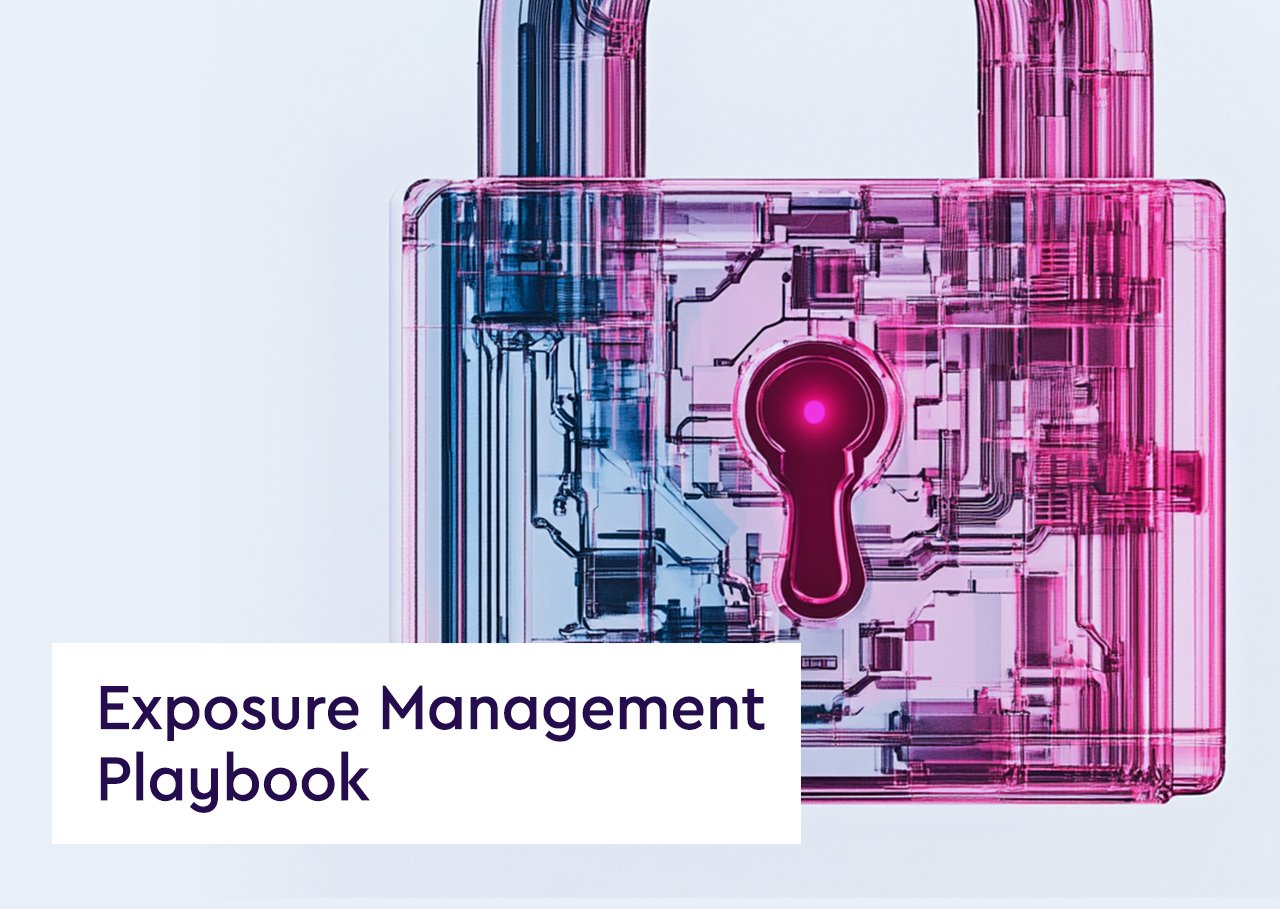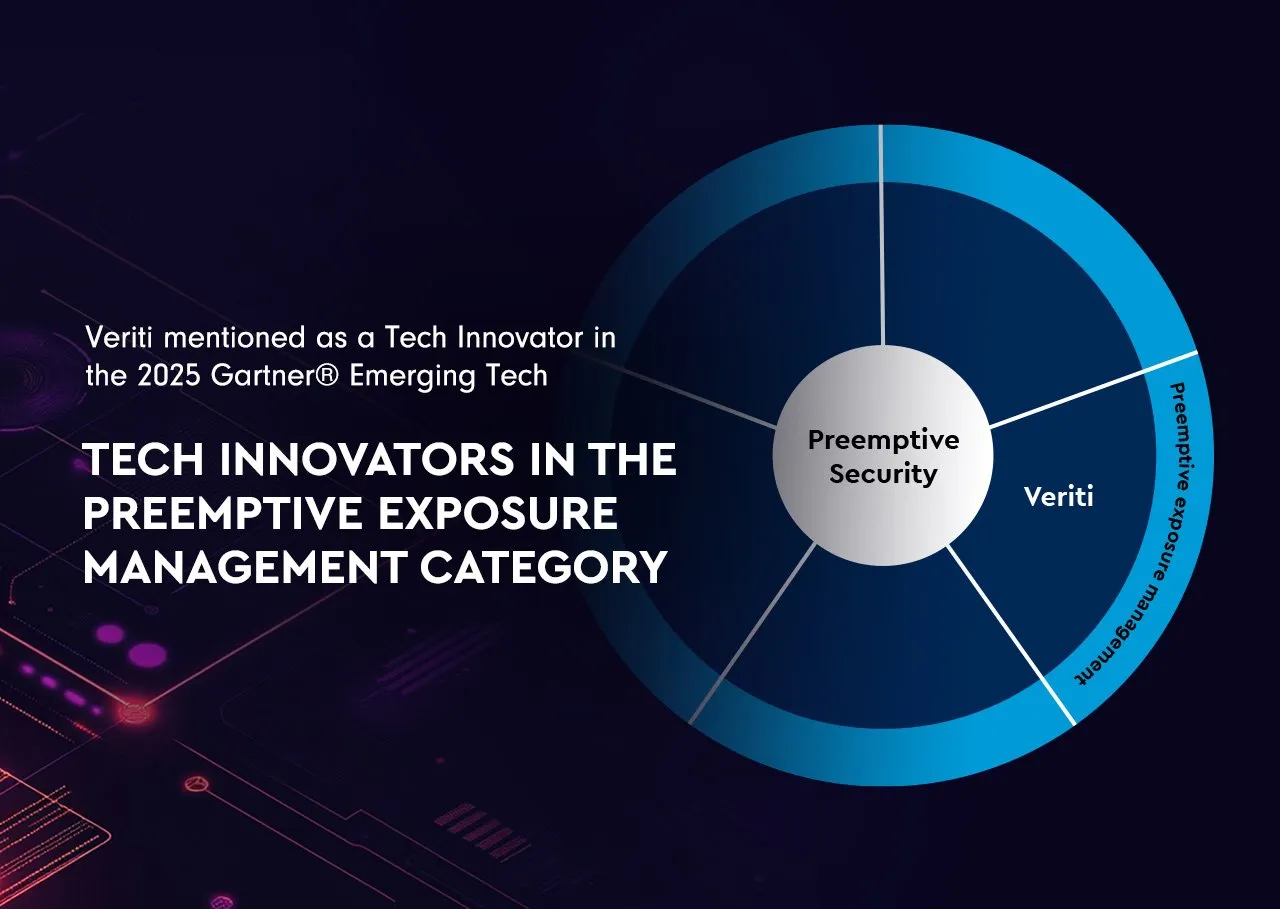Definition: DevSecOps is an approach to software development that integrates security practices into every stage of the DevOps lifecycle, ensuring that security is a shared responsibility among development, operations, and security teams. The goal of DevSecOps is to build and deliver secure applications at the speed of modern development, automating security tasks and embedding them directly into the continuous integration/continuous deployment (CI/CD) pipeline.
Key Principles of DevSecOps
- Shift Left Security: Incorporating security measures early in the development process to identify and address vulnerabilities before they reach production.
- Automation: Using automated tools to scan for vulnerabilities, enforce policies, and validate compliance during the build, test, and deployment phases.
- Collaboration: Encouraging communication and shared responsibility among developers, operations teams, and security professionals to address security concerns proactively.
- Continuous Monitoring: Implementing tools and processes to continuously monitor applications, environments, and infrastructure for potential security threats.
- Immutable Infrastructure: Using infrastructure as code (IaC) principles to ensure that changes to infrastructure are traceable, repeatable, and secure.
Benefits of DevSecOps
- Faster Delivery of Secure Software: Automating security tasks ensures that applications are developed and deployed more quickly without sacrificing security.
- Enhanced Security Posture: Identifying and addressing vulnerabilities early reduces the risk of security incidents in production.
- Cost Efficiency: Addressing security issues during development is significantly less costly than remediating them after deployment.
- Compliance Readiness: Embedding security controls and automated compliance checks streamlines audits and ensures adherence to regulatory requirements.
- Improved Collaboration: Fosters a culture of shared responsibility, breaking down silos between development, operations, and security teams.
Best Practices for DevSecOps
- Integrate Security Tools in CI/CD: Use tools for static application security testing (SAST), dynamic application security testing (DAST), and container security to automate vulnerability detection.
- Implement Threat Modeling: Conduct threat modeling during the design phase to identify potential risks and plan mitigations.
- Foster a Security-First Culture: Train teams to prioritize security and encourage collaboration between developers, operations, and security professionals.
- Automate Compliance: Use automated tools to check for regulatory compliance throughout the development lifecycle.
- Monitor and Adapt: Continuously monitor applications and infrastructure for security threats, using the insights to improve future processes.
DevSecOps is a transformative approach that brings security into the forefront of modern software development and operations. By integrating security practices into every phase of the DevOps lifecycle, organizations can deliver applications that are not only faster and more efficient but also resilient and secure against evolving cyber threats. As businesses continue to prioritize agility and security, DevSecOps is becoming a critical element of successful IT strategies.




